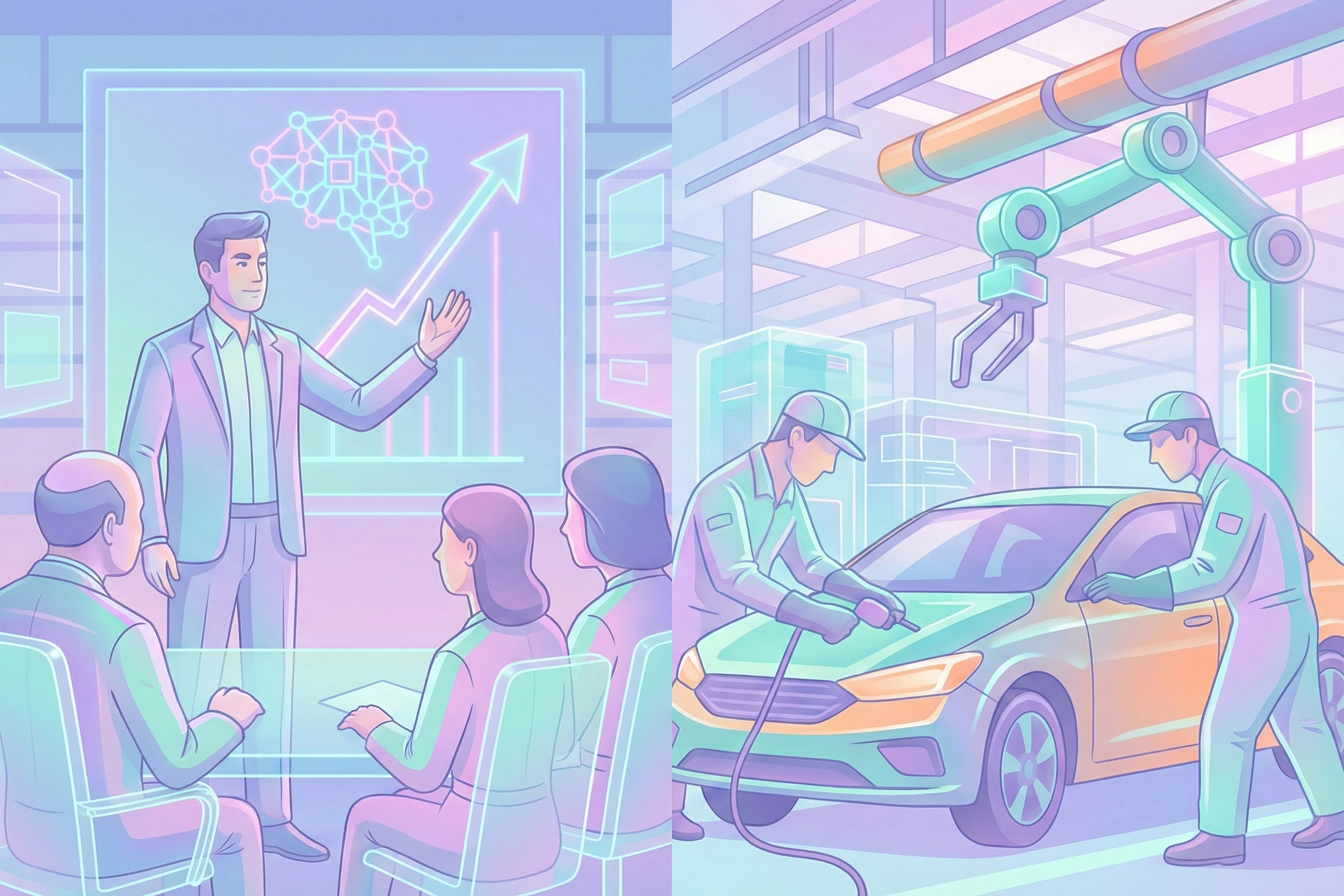
Our technological inventions shape the way we relate to our environment. In Western modernity, humans were seen as the subjects mastering the (natural) world with his technological tools. It resulted in industrial modernity that caused for environmental destruction. Today, digital technology is questioning this modern Western view and how humans relate to technology and their natural environment. How will digital technology change our modern relationship to nature?
Industrial modernity has led to many environmental problems. Our modern technological inventions made it possible for us to relate to the natural world in a modern way: the human as the ruling subject exerting control over the (natural) world with technology. Take plastic or the first plastic grocery bag, a typical modern invention praised as a solution to many problems. Plastic’s attractiveness is in its durability and the fact that it does not perish like organic materials. But soon, the very characteristic that plastic was praised for created problems; the Great Pacific Garbage Patch marks our Pacific Ocean and microplastics contaminate our drinking water. We never had these consequences under control, but only realized this when they became visible to us. The modern Western relation to nature turned out to be problematic. The Anthropocene became the crisis of modernity, according to philosopher Yuk Hui.
With the advent of new class technology of the Fourth Industrial Revolution and the resulting developments (e.g. our increasingly sensorized and datafied living world, the implementation of AI in many domains, the application of more radical forms of computing, the merge of the digital and biological with advances in biotechnology), this modern relationship to nature might change for a number of reasons.
First, we seem to have lost control. As we now intervene in nature at a more fundamental level, we realize the number of unforeseen and unforeseeable consequences of our actions has increased sharply. Our technological creations come with their own dynamics and consequences that are uncontrollable. Digital technology allows systems to emerge as complex systems, which can no longer be overseen. Deep learning, for example, often becomes a black box for its makers and users, since its algorithmic paths are too complex to trace back. Dutch philosopher Jos de Mul even argues that with the evolutionary, bottom-up approach in the creation of AI, we seem to deliberately renounce that we were given control.
Second, digital technology, now more than ever, challenges human agency. Modern thought divides our world into active agents, mostly humans, and passive objects, mostly non-living things. But as we noticed before, materials are increasingly displaying agency and technology is increasingly able to make decisions autonomously, even about us as humans. For instance, deep learning will be of growing relevance to our daily lives, and algorithms might increasingly steer our behavior in the future. That non-humans are no longer objects of human domination challenges the modern position of humans. In an animistic world, humans are part of an order in which plants, animals, and objects equally have agency.
Third, digital technology questions the separation between the human-made and the natural. Modern inventions such as plastic were static and materialistic. But digital technology is evolving more dynamically, taking a semi-finished shape, going through multiple updates based on information. Digital ecosystems can embody natural principles, as they can emerge as a meme that can replicate, mutate and lead to variations. In this case, the replicator consists not of genes but of digital files, such as programs, protocols, designs. These can be fully open-source and thus be modified, leading to mutations and variations of designs. This happened, for example, in the evolution of the bitcoin ecosystem. We may think that because we invented modern technology we will remain in charge of it, but taking an evolutionary perspective suggests a very different prospect. It invites discussion of whether technology is separate from evolution (modern conception) or whether technological development can be seen as part of evolution. Susan Blackmore talks of the evolution of genes, memes (cultural replicators) and temes (technological replicators), in which we must recognize the decentral position of human in evolution.
We are in the midst of a time when we are urged to reconsider our relationship to nature once again. In an optimistic scenario, digital technology could help us to resolve the modern power relation to nature in which we’ve placed ourselves and our technology and bring us closer to nature instead.

